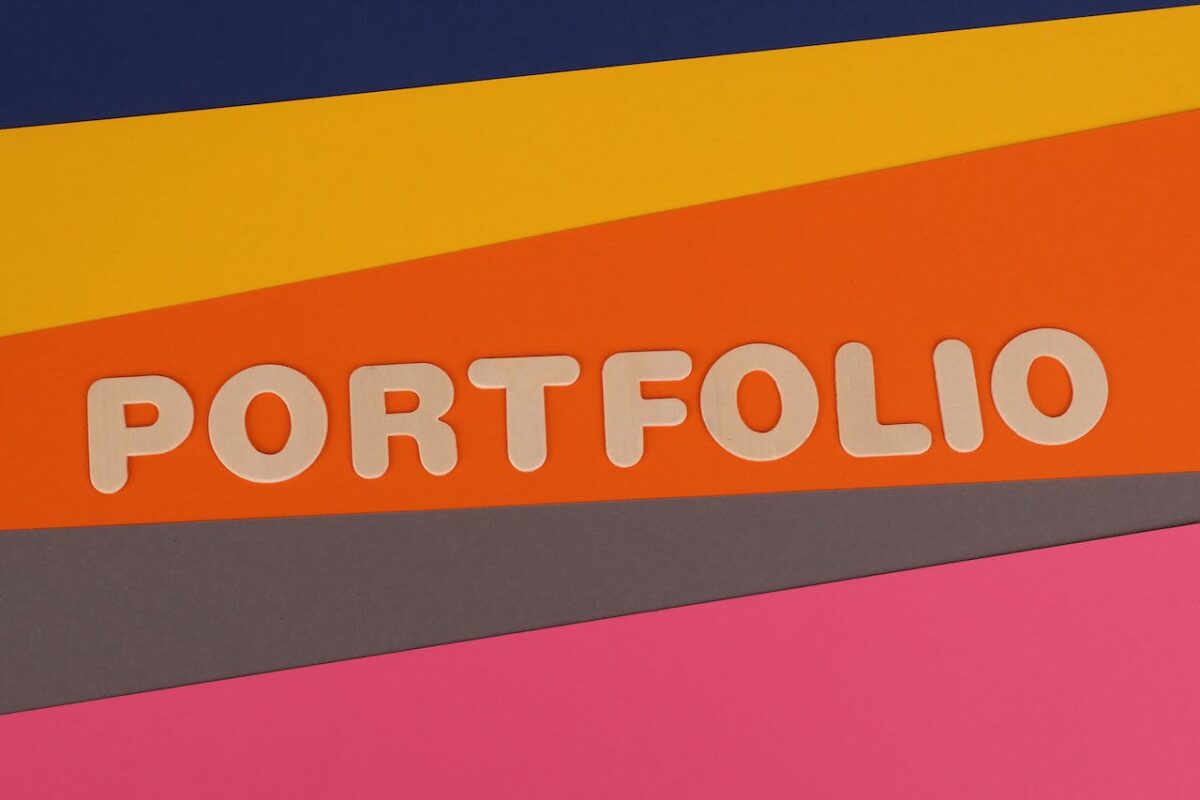How to Make a Web Design Portfolio
When it comes to showcasing your skills as a web designer, having a strong portfolio is essential. As a seasoned web designer myself, I understand the importance of creating a visually appealing and user-friendly portfolio that effectively highlights your expertise. In this article, I’ll share my expert insights and guide you through the process of creating a compelling web design portfolio that will impress potential clients and employers.
In today’s competitive digital landscape, a well-crafted web design portfolio can make all the difference in landing your dream job or securing high-paying clients. As an experienced web designer, I’ve learned that a successful portfolio goes beyond simply showcasing your work. It needs to tell a story, demonstrate your unique style, and highlight your technical skills. In this article, I’ll reveal the secrets to creating a standout web design portfolio that will captivate your audience and set you apart from the competition.
The Importance of a Web Design Portfolio
As a seasoned web designer, I understand the significance of having a compelling web design portfolio. It’s not just a showcase of your work; it’s a representation of your skills, expertise, and unique style. In today’s competitive digital landscape, having a well-crafted web design portfolio can make all the difference in landing your dream job or securing high-paying clients.
Showcasing Your Skills and Expertise
Your web design portfolio serves as a platform to highlight your skills and expertise to potential employers or clients. It allows you to showcase your ability to create visually stunning and functional websites that meet the needs of your target audience. By including a variety of projects in your portfolio, you can demonstrate your versatility in different design styles, user interfaces, and platforms.
When creating your portfolio, be thoughtful about the projects you include. Choose examples that highlight your technical skills, such as coding proficiency, responsive design, or interactive elements. Additionally, consider including projects that demonstrate your understanding of user experience (UX) and how you optimize websites for conversions.

Planning Your Web Design Portfolio
When it comes to creating a successful web design portfolio, proper planning is key. This stage allows you to define your target audience, determine your goals and objectives, and select the right projects to showcase. By investing time and effort into the planning process, you set yourself up for a portfolio that effectively communicates your skills and expertise.
Define Your Target Audience
Before diving into creating your portfolio, it’s crucial to have a clear understanding of who your target audience is. Think about the type of clients or employers you want to attract and tailor your portfolio accordingly. Consider aspects such as industry, niche, and aesthetic preferences. By defining your target audience, you can curate your work to align with their needs and interests.
Determine Your Goals and Objectives
Once you’ve identified your target audience, it’s important to establish your goals and objectives for your portfolio. Ask yourself: What do I want to achieve with this portfolio? Are you looking to secure a job or attract high-paying clients? Do you want to showcase specific skills or demonstrate your versatility in design styles? By setting clear goals, you can structure your portfolio in a way that effectively communicates your strengths and expertise.
Selecting the Right Projects to Include
Choosing the right projects to include in your web design portfolio is crucial. You want to showcase a diverse range of work that demonstrates your skills, creativity, and understanding of user experience. Consider incorporating projects that highlight different design styles, industries, and target audiences. Aim for a mix of personal and professional projects that showcase your adaptability and versatility as a web designer.

